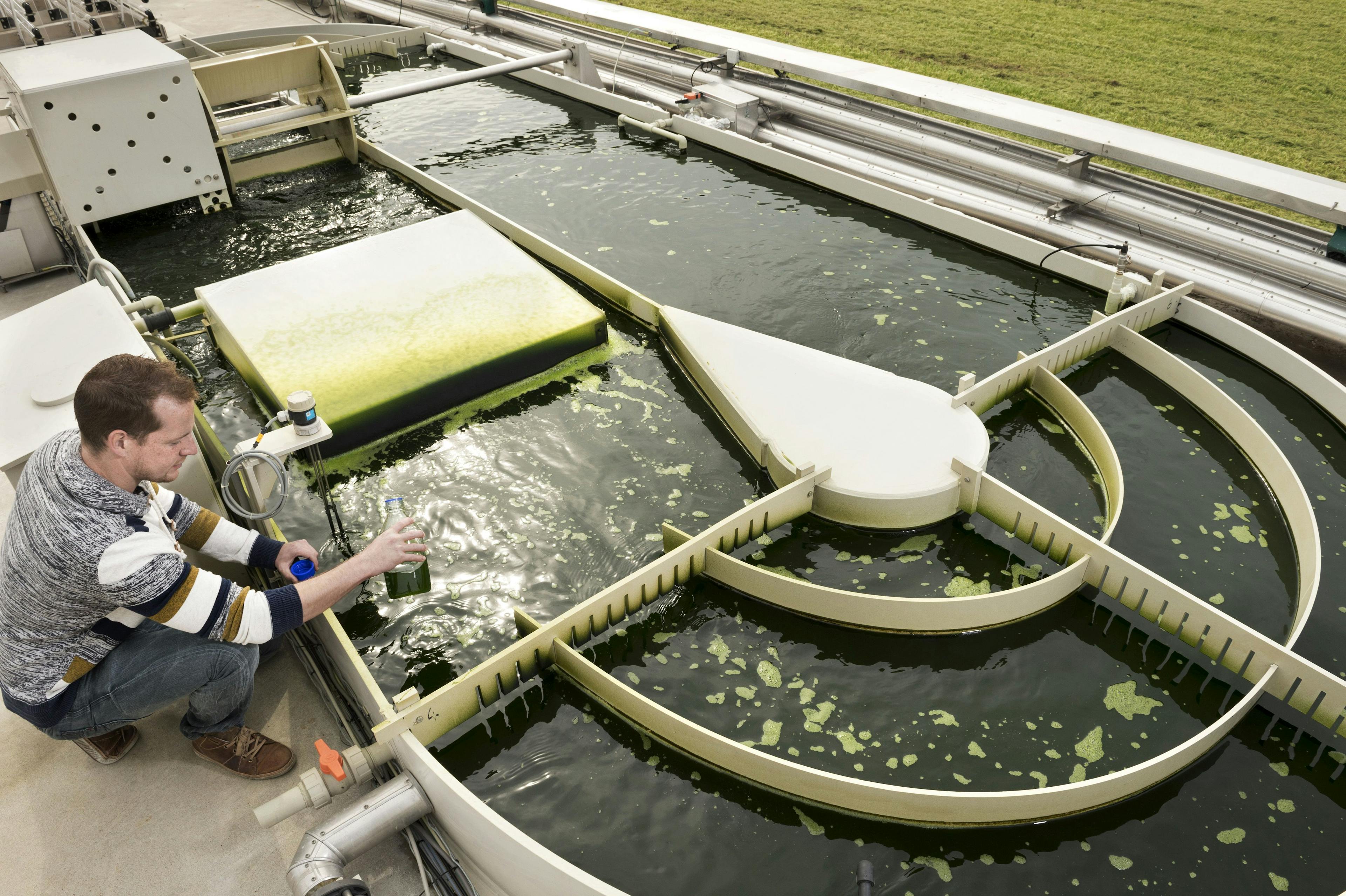InteSusAl - Demonstration of integrated and sustainable microalgae cultivation with biodiesel validation – is one of three selected demonstration projects from the European Union. The overall objective of InteSusAl is to demonstrate an integrated approach to generate biofuels from algae in a sustainable manner on an industrial scale. More precisely, the project will optimize the production of algae by both heterotrophic and phototrophic routes and will demonstrate integration of these production technologies (Raceway, PhotoBioReactor and Fermentation) to achieve the algae cultivation targets of 90-120 dry tonnes per hectare by annum.
The overall objective of InteSusAl is to demonstrate an integrated approach to generate biofuels from algae in a sustainable manner on an industrial scale.
The project will select algae species and cultivation technologies to attain algal oil with a suitable lipid profile for biodiesel production and will validate this selection through conversion of the extracted oil into biodiesel to meet standard specifications. InteSusAl will identify and select optimum cultures, glycerol streams, growth conditions and harvesting methods to maximise algal biomass productivity. We will build and operate a pilot facility for the integrated production for both the cultivation and harvesting of microalgae on a 1 hectare site, comprising fermenters, raceway and photo bio-reactor technologies, together with downstream processing facilities. The sustainability of this demonstration plant, in terms of both economic and environmenta l (closed carbon loop) implications will be considered across the whole process; including optimum use of algal biomass resources to enable commercialization.
Biorefinery
Harvesting microalgae is a major energy consuming step in the production process. Energy required for harvesting can be lowered by means of a pre-concentration step. In this work, flocculation for pre-concentration of the microalgae suspension was optimized for selected species; Chlorella protothecoides,
Phaeodactylum tricornutum and Nannochloropsis sp.
Various flocculants were compared based on recovery efficiency and concentration factor for different species. Water re-use after flocculation was tested for the best methods. Cationic polymers ZETAG 7557, SNF H538, Synthofloc and an increase in pH showed best recovery efficiency and concentration factor. The latter showed, in contrast to cationic good results for water re-use and low loss of nutrients. An excellent flocculant must be cheap, available at industrial scale, safe, does not modify quality of biomass separated, does not compromise quality of remaining water and is useful for a large variety of strains. Flocculation by increasing pH proved to be best when taking these aspects into account.
Cationic polymers for successful flocculation of marine microalgae (2014). G.P. ‘t Lam, M.H. Vermuë, G. Olivieri, L.A.M. van den Broek, M.J. Barbosa, M.H.M. Eppink, R.H. Wijffels, .M.M. Kleinegris.
Bioresource Technology, DOI: 10.1016/j.biortech.2014.07.070

Professor
